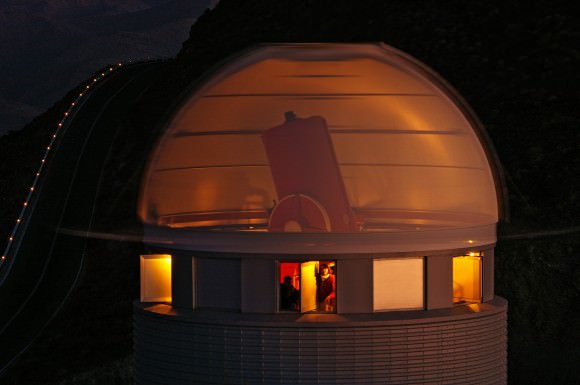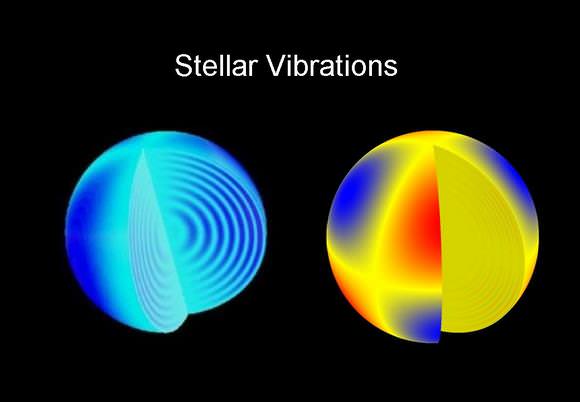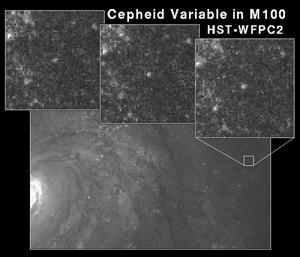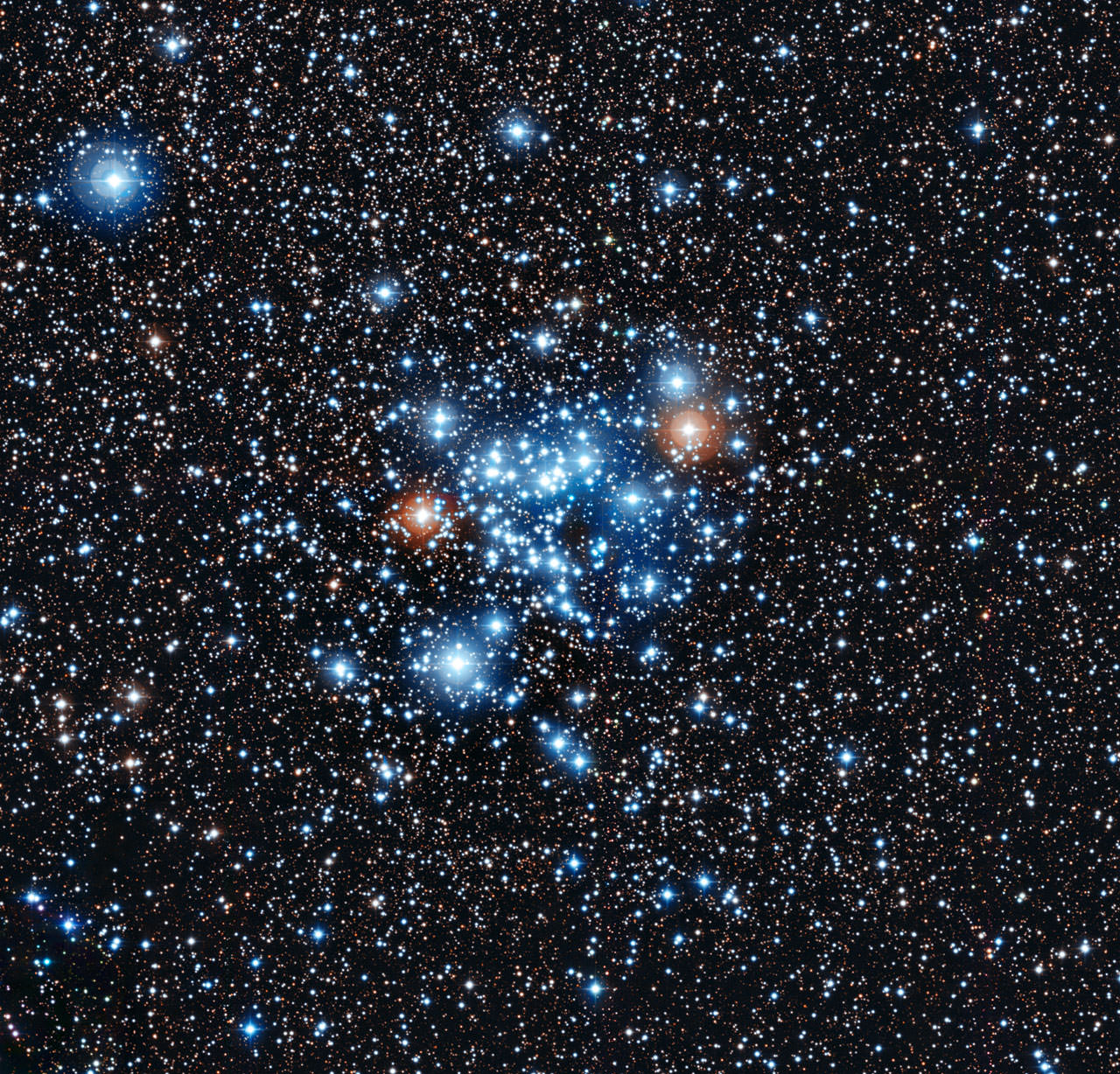A new kind of variable star — 36 of that type, in fact — has been found in a single star cluster. Astronomers don’t even have a name for the star type yet, but feel free to leave some suggestions in the comments!
For now, however, astronomers are wondering what the implications are for our understanding of the stellar interiors.
“The very existence of this new class of variable stars is a challenge to astrophysicists,” stated Sophie Saesen, an astronomer at Geneva Observatory who participated in the research.
“Current theoretical models predict that their light is not supposed to vary periodically at all, so our current efforts are focused on finding out more about the behaviour of this strange new type of star.”
The head-scratching began when astronomers used a European Southern Observatory telescope to gaze at the “Pearl Cluster” (NGC 3766), an open star cluster about 5,800 light years from Earth.
Over seven years of observations with the Leonhard Euler Telescope (taking periodic measurements of brightness), astronomers spotted 36 stars with variable periods of between 2 and 20 hours.

Variable stars have been known for centuries, and many of them are tracked by amateur organizations such as the American Association of Variable Observers. As best as astronomers can figure, the stars become brighter and dimmer due to changes on the inside — stellar vibrations or “quakes” studied under a field called asteroseismology.
A special type of variable stars, called Cepheid variables, can provide accurate measurements of distance since they have an established ratio between luminosity and the period of their variability.
Studying various types of variable stars has provided some insights.
“Asteroseismology of ß Cep[hei] stars, for example, has opened the doors in the past decade to study their interior rotation and convective core,” the astronomers stated in a paper on the research.

Despite the well-known nature of variable stars, few of them have been studied in open clusters such as NGC 3766.
The reason is it takes a lot of telescope time to take a look at the star — sometimes, years. And time with telescopes is both expensive and precious, making it difficult to allocate the time required.
“Stellar clusters are ideal environments to study stellar variability because some basic properties and the evolutionary status of individual star members can be derived from the properties of the cluster,” the astronomers stated.
“It, however, requires extensive monitoring on an as-long-as-possible time base line. This requirement may explain why not many clusters have been studied for their variability content so far, compared to the number of known and characterized clusters.”
These particular stars in NGC 3766, however, were puzzling.
“The stars are somewhat hotter and brighter than the Sun, but otherwise apparently unremarkable,” ESO stated, yet they had variations of about 0.1% of each star’s normal brightness.

It’s possible, but not proven yet, that perhaps the stars’ spin has something to do with the brightness.
Some of the observed objects whip around at speeds so fast that some material might be punted away from the star and into space, the astronomers wrote in a press release.
“In those conditions, the fast spin will have an important impact on their internal properties, but we are not able yet to adequately model their light variations,” stated Nami Mowlavi, another Geneva Observatory astronomer who led the paper.
Also, astronomers haven’t named this class of stars yet. Do you have any ideas? For more information and to generate suggestions, you can read the paper here in Astronomy & Astrophysics. Then you can leave your thoughts in the comments.
Source: European Southern Observatory


In the style of the grand tradition of astronomical nomenclature I do hereby propose that they be named the extremely pithy and succinct “NGC 3766 cluster-type Variables”.
I would conjecture the seismic waves in these stellar interiors are strong enough to generate pressure waves that induce more fusion.
LC
My guess would be that it is an effect of variable stellar opacity.
A dyson’ s sphere! lol
It took seven years of observations for the collection of these data which raises the following question: Observational time limitations which are endemic at world class observatories obviously has limited our understanding of long duration phenomena or processes. Whatever else might we be missing? (Only time will tell!)
Great point.
Science is never “settled”
I propose the name, Vasars, for the new class of variable stars.
I propose the name, Vasars, for the new class of variable stars. Here is a link to a story about one of these stars that zips past Earth and threatens the continuity of the human race. http://www.amazon.com/Two-Suns-ebook/dp/B00DBI0US0
How ’bout the “Computer modelling only shows what you what you know you are looking for” Variable star.
Computer modelling can never account for something the programmer didn’t know about, and therefore did not put into the equations.